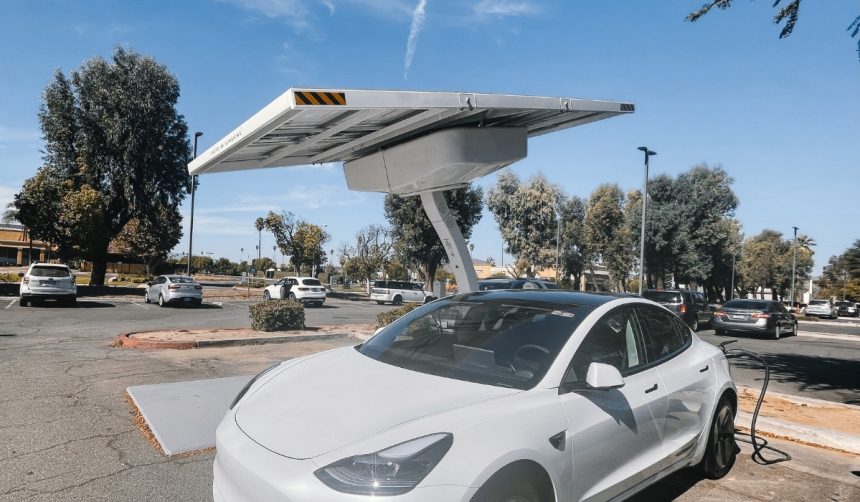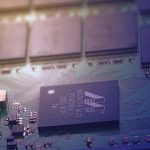Tesla is moving forward with the early wide release of its Full Self-Driving (FSD) Version 14, according to CEO Elon Musk. The company, known for its push towards autonomous vehicles, aims to introduce the latest FSD version to more users as early as next week. This announcement builds anticipation among Tesla owners and the broader tech community, as expectations rise about what the next iteration will deliver. With previous updates producing mixed opinions, drivers are now looking to see if FSD V14 can address past concerns and provide noticeable advancements. Tesla’s broader approach to public beta releases highlights their ongoing strategy of involving customers closely in their development cycles.
Similar announcements about Tesla’s FSD software have occurred in earlier years, often accompanied by ambitious timelines and promises from Elon Musk. Previous versions, such as FSD V12, had signaled significant AI advancements and were initially accessible only to select employees before rolling out to larger user groups. Feedback on those versions pointed to both substantial progress and persistent challenges, particularly regarding driver intervention and system reliability. Observers recall past delays or rapidly evolving release strategies, with updates and features sometimes arriving later than first projected. As the development of FSD continues, the community frequently revisits whether newer versions offer meaningful improvements in user experience or if unresolved issues still linger.
How is Tesla Managing the FSD V14 Rollout?
Tesla’s rollout strategy for FSD V14 involves a phased approach. Initially, version 14.0 will be available to a broader set of users next week, with incremental updates 14.1 and 14.2 expected in subsequent weeks. By introducing changes in stages, the company seeks to ensure the improvement of reliability and gather user feedback efficiently. Elon Musk provided a clear timeline, noting that the software would continue evolving rapidly, with the aim of achieving a more intuitive driving experience over the next few releases.
What Improvements Can Drivers Expect in FSD V14?
Key enhancements in FSD V14 center on vehicle behavior and user interaction. Tesla highlights a substantial increase in neural network parameters, indicating a smarter system with greater processing capabilities. Users have long expressed frustration with frequent “nags,” or steering prompts, and this update promises to alleviate many of those concerns. Musk has set expectations that by version 14.2, the driving experience will feel notably refined.
“Version 14.0 goes into early wide release next week, then 14.1 about 2 weeks later and finally 14.2. The car will feel almost like it is sentient being by 14.2,”
Musk shared this update via a post on X, addressing both technical upgrades and driver feedback.
Does FSD V14 Approach Autonomous Driving Standards?
Musk has clarified that while FSD V14 marks a significant leap, it is distinct from Tesla’s Unsupervised FSD system currently deployed in Austin’s Robotaxi fleet. V14 stands as an advanced supervised system, offering refined responses but still requiring driver attention. The aim is for the update to closely mimic natural driving while reducing annoying interventions. Musk further commented,
“It feels alive,”
acknowledging the dynamic improvements users might observe. The release reflects Tesla’s cautious approach to wider autonomous capabilities, balancing innovation with safety and regulatory factors.
Looking at Tesla’s broader journey, FSD V14’s rollout continues the company’s pattern of incremental software upgrades rather than instant breakthroughs. For drivers and industry analysts, the focus remains on tangible improvements and reduced intervention demands, as well as how accurately the system can predict and react to complex road conditions. Tesla’s ongoing reliance on customer feedback, combined with its public development approach, may foster a more responsive software evolution. Those considering Tesla vehicles equipped with FSD will benefit from regularly monitoring these updates, as incremental releases can change the daily usability of the system and shape industry benchmarks for advanced driver assistance technologies.










